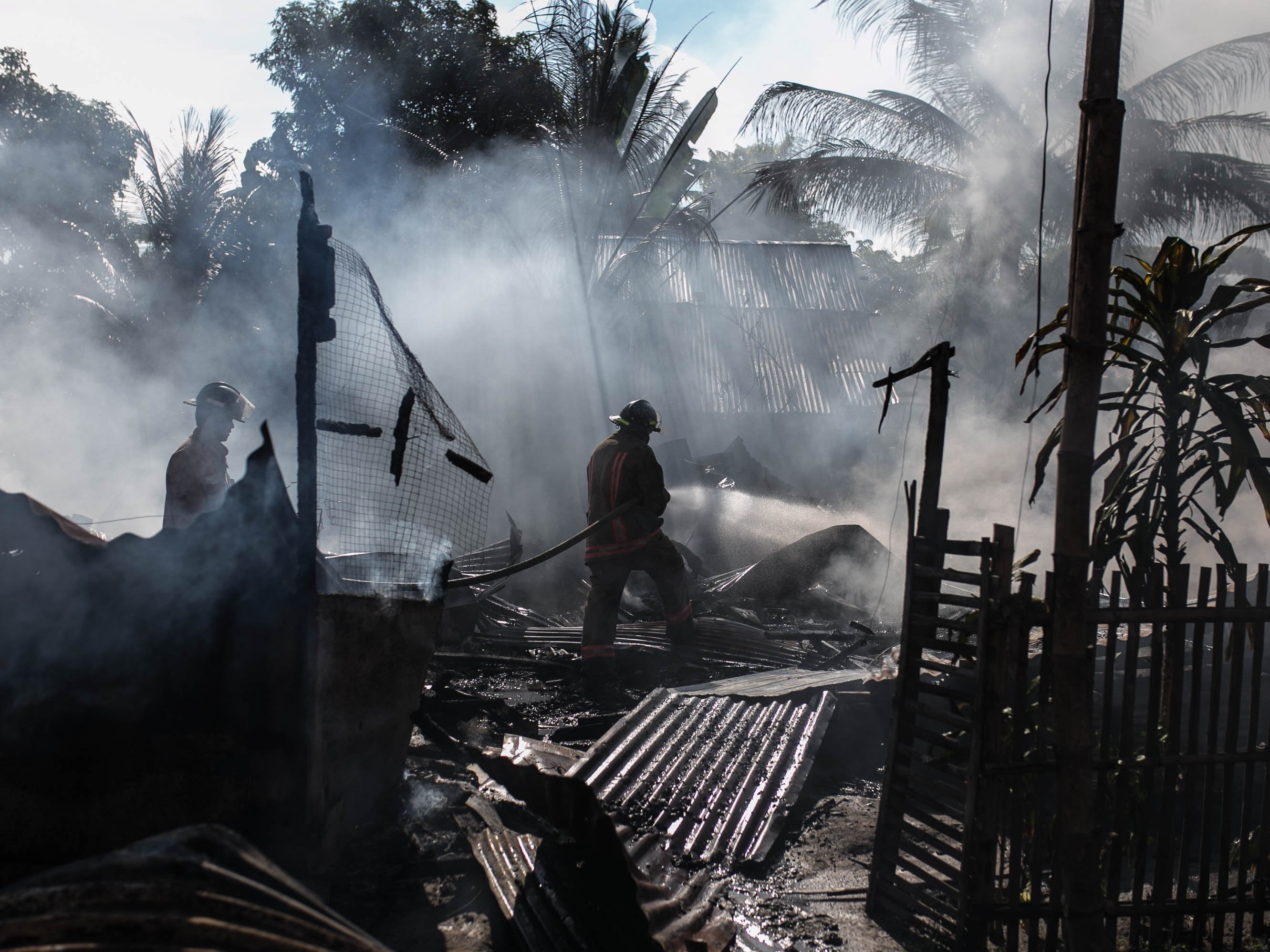With wildfire season upon us, we've gone ahead and compiled some tips from Ready.gov, the CDC, FEMA, and the National Weather Service along with a number of other reputable sources to keep you safe and prepared.

- Sign up for your community’s warning system
- The Emergency Alert System (EAS) and National Oceanic and Atmospheric Administration (NOAA) Weather Radio also provide emergency alerts
- Know your community’s evacuation plans and find several ways to leave the area
- Drive the evacuation routes and find shelter locations
- Have a plan for pets and livestock
- Gather emergency supplies, including N95 respirator masks that filter out particles in the air you breathe
- Keep in mind each person’s specific needs, including an updated asthma action plan and medication
- Don’t forget the needs of pets
- Designate a room that can be closed off from outside air
- Close all doors and windows
- Set up a portable air cleaner to keep indoor pollution levels low when smoky conditions exist
- Keep important documents in a fireproof, safe place
- Create password-protected digital copies
- Use fire-resistant materials to build, renovate, or make repairs
- Find an outdoor water source with a hose that can reach any area of your property
- Create a fire-resistant zone that is free of leaves, debris, or flammable materials for at least 30 feet from your home
- Review insurance coverage to make sure it is enough to replace your property
- Pay attention to air quality alerts

Survive During
- Evacuate immediately if authorities tell you to do so
- If trapped, then call 911 and give your location, but be aware that emergency response could be delayed or impossible
- Turn on lights to help rescuers find you
- Listen to EAS, NOAA Weather Radio, or local alerting systems for current emergency information and instructions
- Use an N95 masks to keep harmful particles out of the air you breathe
- If you are not ordered to evacuate but smoky conditions exist, stay inside in a safe location or go to a community building where smoke levels are lower

Be Safe AFTER
- Listen to authorities to find out when it is safe to return, and whether water is safe to drink
- Avoid hot ash, charred trees, smoldering debris, and live embers.
- The ground may contain heat pockets that can burn you or spark another fire
- Consider the danger to pets and livestock.
- Send text messages or use social media to reach out to family and friends
- Phone systems are often busy following a disaster
- Make calls only in emergencies
- Wear a NIOSH certified-respirator dust mask and wet debris down to minimize breathing dust particles
- Document property damage with photographs
- Conduct an inventory and contact your insurance company for assistance
- Wildfires dramatically change landscape and ground conditions, which can lead to increased risk of flooding due to heavy rains, flash flooding and mudflows
- Flood risk remains significantly higher until vegetation is restored—up to 5 years after a wildfire
- Consider purchasing flood insurance to protect the life you've built and to assure financial protection from future flooding

- Check out our article detailing how to best prepare for a wildfire
- Download the Air Bubbles App (available at Google Play Store and App Store)
- View the AQI (air quality index) numbers all around you, with information about how healthy or dangerous the air is.
- See real-time air quality information in the U.S., Canada, Greater China, Germany, Japan, Mexico, Peru, Colombia, India, Vietnam, Indonesia, Bangladesh and Mongolia, with more regions coming soon.
- Get push notifications when the air quality around you is getting significantly worse
- Share the air quality with your friends
- Subscribe to our email list to get air quality and product updates
- Get the Wynd Plus portable air purifier to remove particulates, like smoke, from the air
